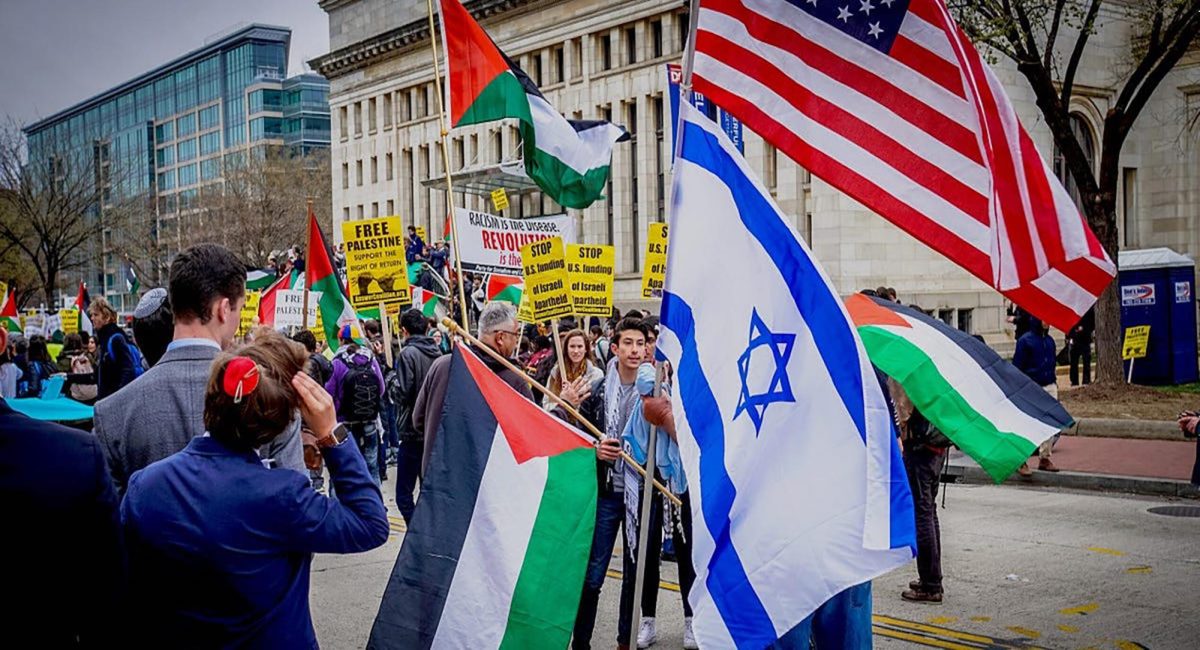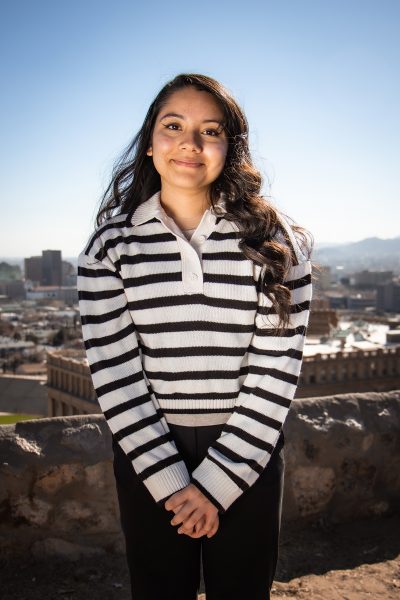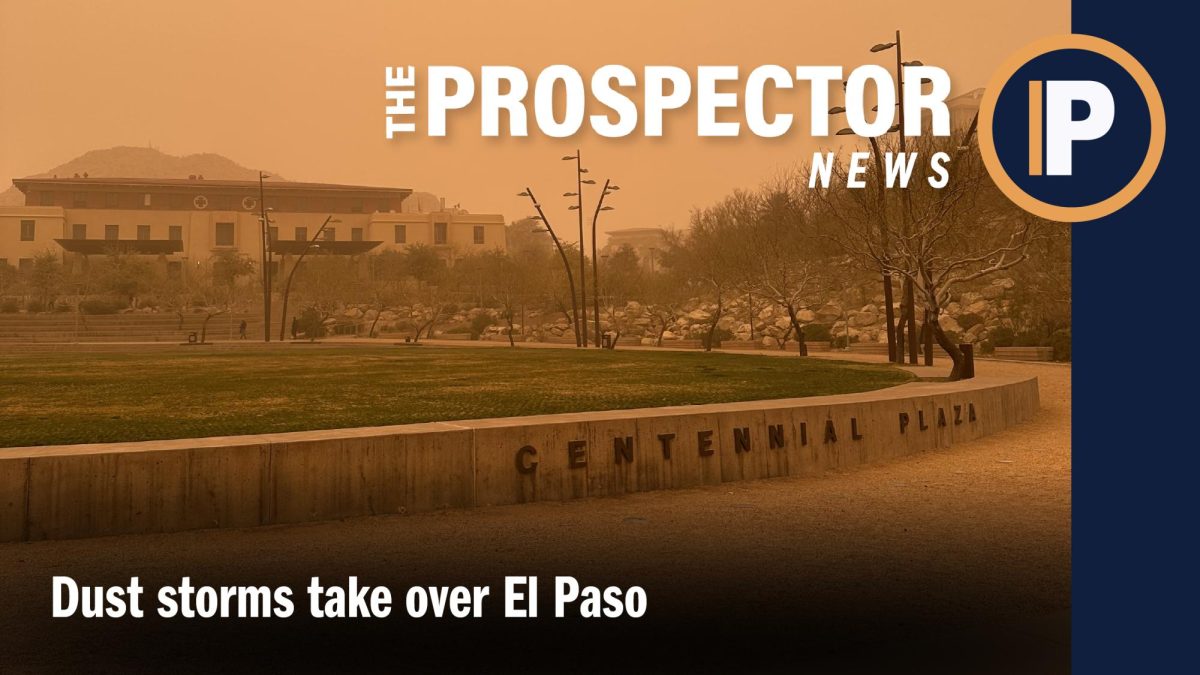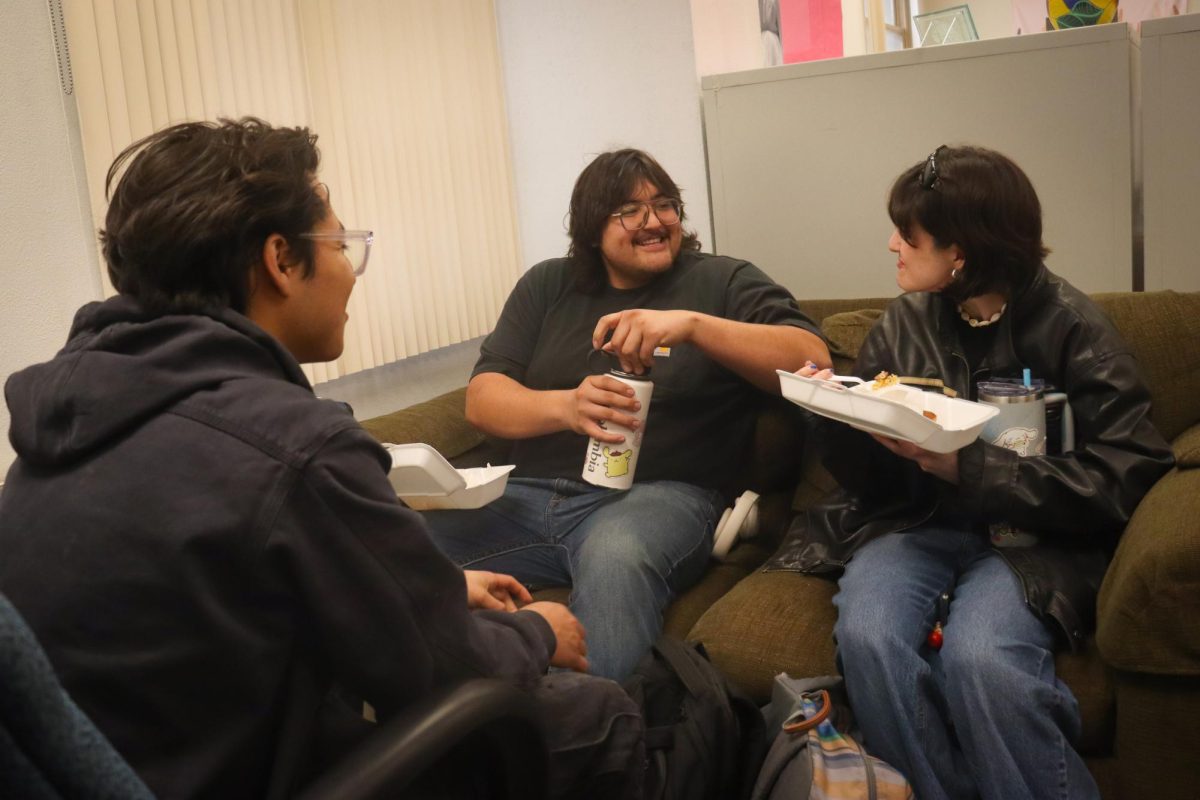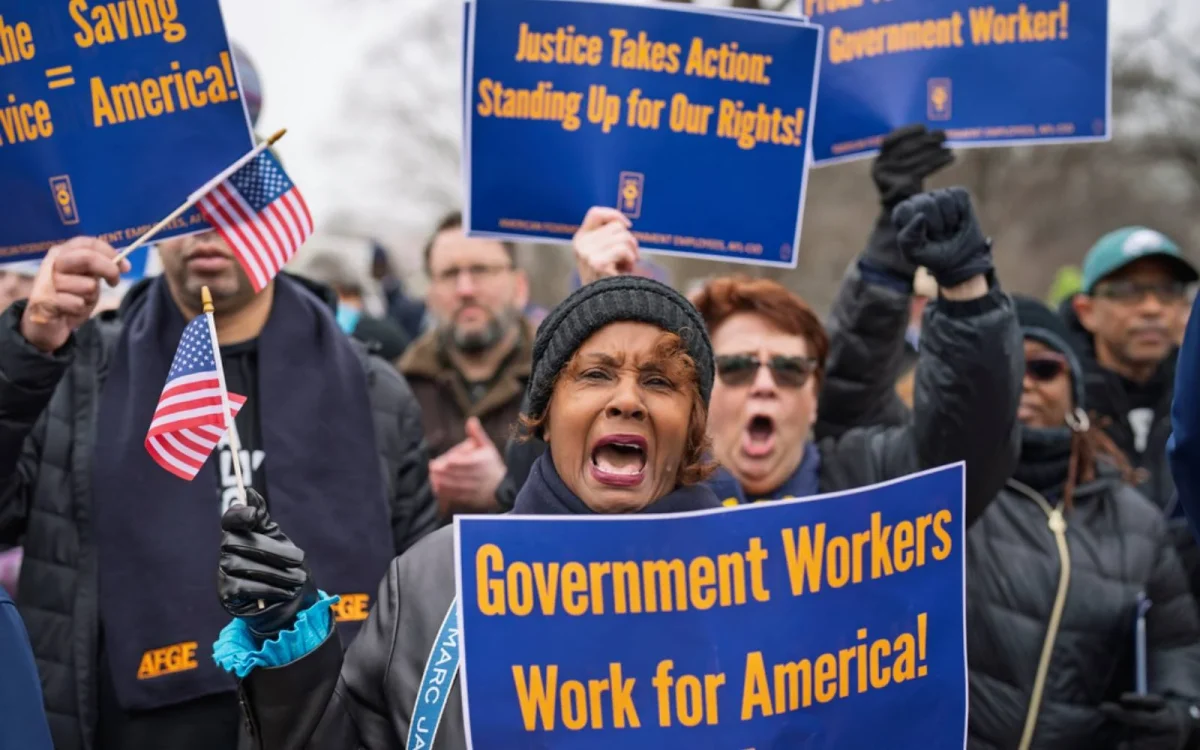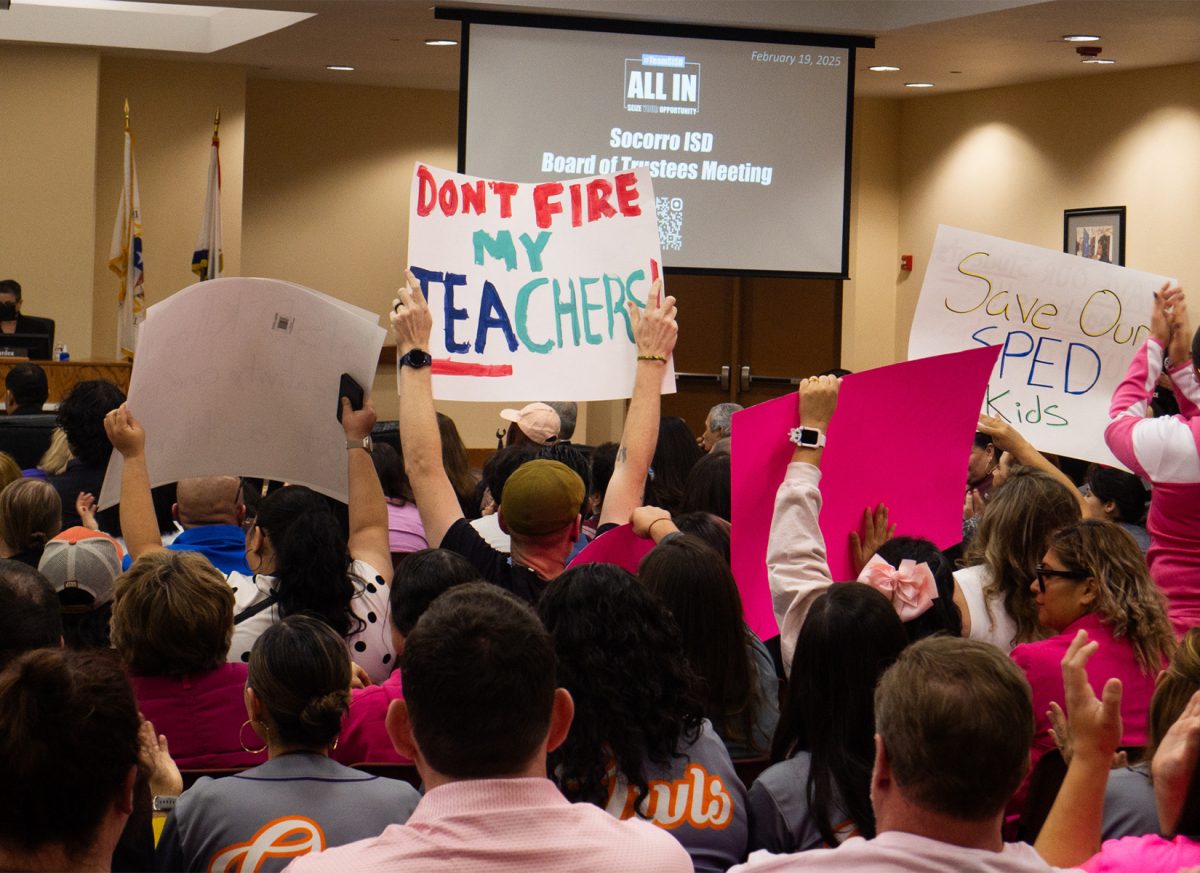Social media is often looked as the microphone to voice opinions. Currently, apps are drowning with raw footage of wars, protests, etc. exposing the harsh reality of the world. At times, the overwhelming amount of vicious news can sometimes discourage the usage of social media. However, it is these outlets that can educate users about what is going on in the world as well.
From local to international news, word spreads quickly on social media. Arguably, younger adults receive more direct information from social media, as opposed to news channels. Currently, the Israel and Palestine situation transformed the “dancing app” Tik Tok, to a latest news station.
However, the Israel and Palestine conflict is not the first situation where people express their concerns. For example, the Black Lives Matter movement allowed for many users and influencers to voice their opinion. Different ways of protest spread across all platforms, giving many an opportunity to practice their first amendment right.
There is a constant argument on whether these apps are acceptable to use for protest though. Should these apps be strictly for entertainment purposes, or should they tailor to their audiences’ interests or concerns?
UTEP freshmen Daniella Diaz comments on how social media sheds light on current events through protests.
“It’s a way to get information out there,” Diaz said. “And keep people up to date on what’s happening in the world. I wouldn’t say it’s the strongest form of protest but it for sure does help, it’s better than nothing.”
The #Me Too movement, overturn of Roe v. Wade, Senate Bill 1029 (prevents transgender children in Texas from getting transition surgeries) and other conflicts have been discussed in social media. These events are a concern for UTEP sophomore Mariana Jo Silva. Through her platform, Silva has protested about different events, in hope to spread awareness. For example, Silva is Native American so she has used her platform before to remind others that Christopher Columbus Day is misleading.
“I’m a Native American,” Silva said. “A little while ago was Christopher Columbus Day. I posted about Native American rights and how our land is being taken away and how on especially Christopher Columbus Day, we should be thinking about the people who are affected by colonization.”
At times, comfortability diminishes as a user’s timeline becomes overrun with world news. Silva comments on the strangeness of finding information from unlikely apps.
“I see (news) on Tik Tok first, (and) I’m like, ‘How did I find out about this on Tik Tok?’” Silva said. “When there was a lot of protests over COVID, my entire FYP was just about protest and police brutality. Obviously, I want to stay informed, but it was just making me depressed so I went off Tik Tok for a little while.”
Professor at Princeton University, Omar Wasow told The New York Times the contrast between protesting in the 1960s vs now.
“Part of what social media does is allow us to see a reality that has been entirely visible to some people and invisible to others,” Silva said. “As those injustices become visible, meaningful change follows.”
Graphic videos on social media like George Floyd’s death, Gaza Strip bombings and decapitated bodies found in Mexico show the ugly truth of the world. In the current generation, voices toward change are sometimes more prominent. Regardless of method, protesting is an opportunity granted to citizens and not many countries have it.
The overwhelming amount of negative news can reverse the intention ongoing on social media. Instead of finding entertainment, one can encounter live footage of Palestinian children recovering from a bomb attack. Whether it is a rally outside of the White House, or an informatic post for followers, social media gives the reality of what is going on in the world.
Sofia Sierra is a staff reporter and may be reached at [email protected]


